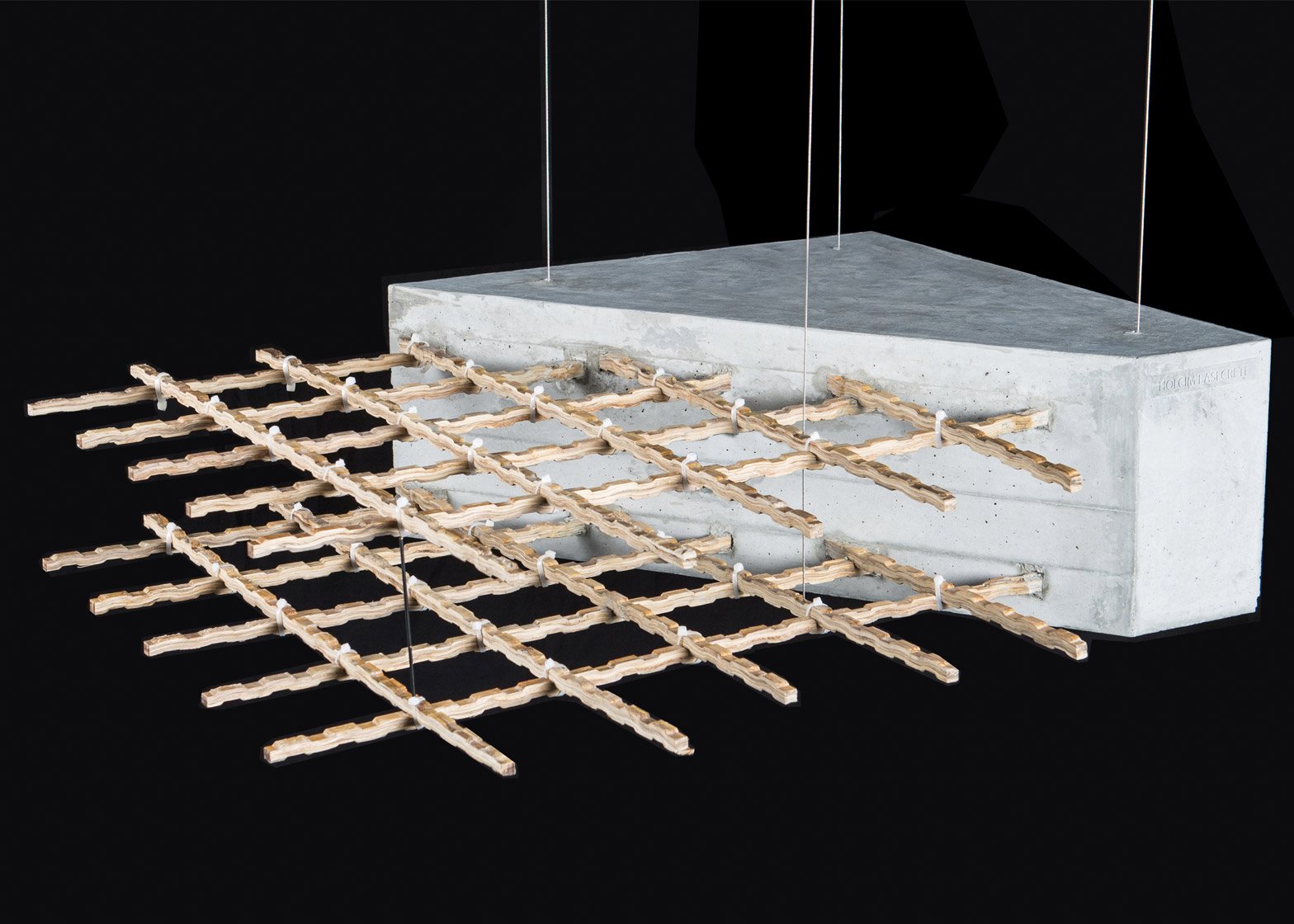We became curious once about the secret of Romans in building sturdy structures. It is indeed a wonder that even the concrete structures built more than 2,000 years ago, like the Cloaca Maxima, the Colosseum, and the Pantheon, are still standing tall today.
Discovered by geologists, archaeologists, and engineers, Roman concrete is said to have “phenomenal resistance” over time. This means that it has durability against the elements.
And what is the key ingredient of the Roman concrete? Volcanic ash.
The same material is used in many piers built two millennia ago. These harbor structures by the Romans are more resilient than most modern ones which are already crumbling away.

Stock photo
But it appears that it is not only volcanic ash that is the secret behind the Roman waterproof concrete. Researchers from the U.C. Berkeley have made the discovery.
The study, published in the journal American Mineralogist, indicated that Roman engineers used a mix of volcanic ash, seawater, and lime. This combination set off a chemical reaction that increased cohesion with exposure to seawater, even after the concrete had technically set.
Such reaction, considered to be pozzolanic, had produced crystal which penetrated the gaps of the concrete. For this it was a key in preventing cracks from growing within the structure because it provided internal reinforcement over time.
Video by University of Utah
Researchers were able to conclude this by performing a procedure involving high-powered light beam x-rays to go through Roman concrete.
“I think [the research] opens up a completely new perspective for how concrete can be made,” said Dr Marie Jackson, lead author of the study from U.C. Berkeley.
The researchers believe that this material combination could be applied to modern building practices.
Moreover, Jackson suggested through BBC Radio 4’s Today programme that the Roman-style concrete based on volcanic ash would be ideal for the Tidal Lagoon project that is about to start construction in Wales.
She said, “The Roman technique was based on building very massive structures that are really quite environmentally sustainable and very long-lasting.
“I think Roman concrete, or a type of it, would be a very good choice for Swansea. That project is going to require 120 years of service life to amortize the investment,” she added.
Source: World Economic Forum















